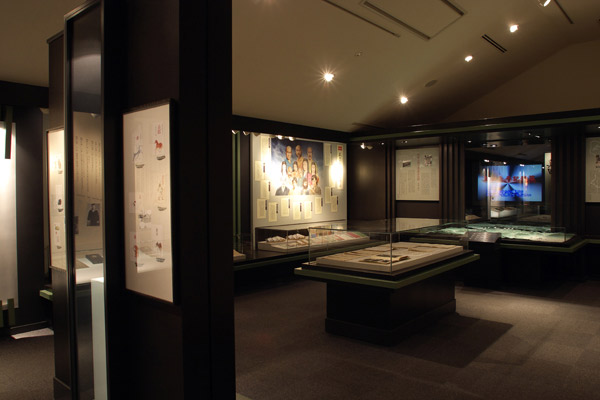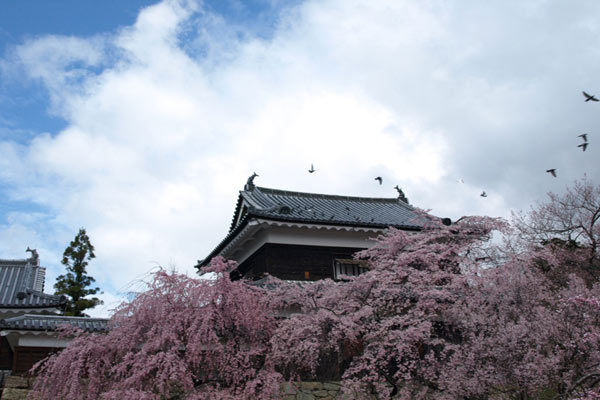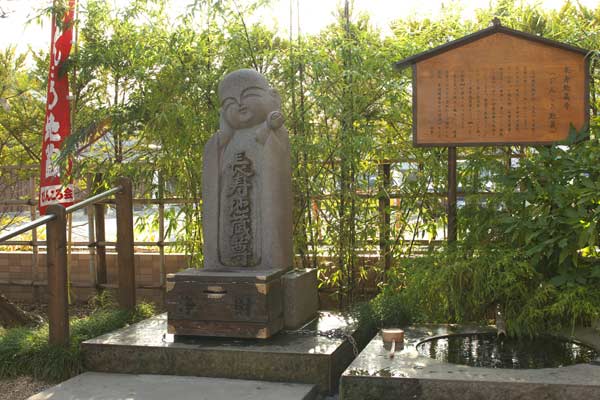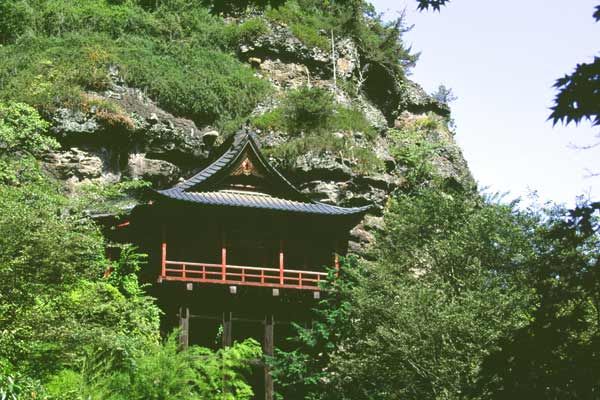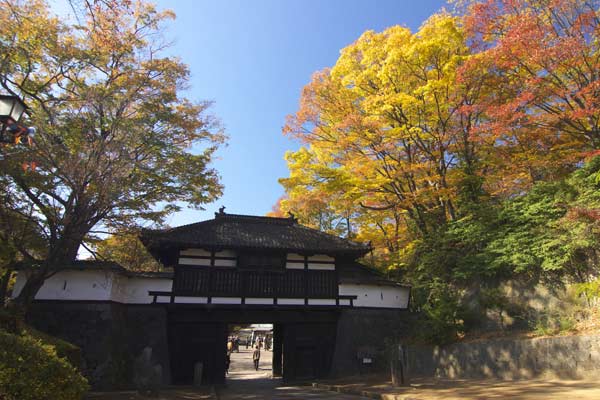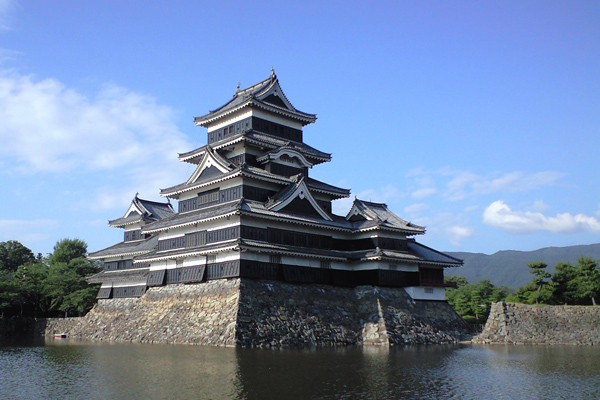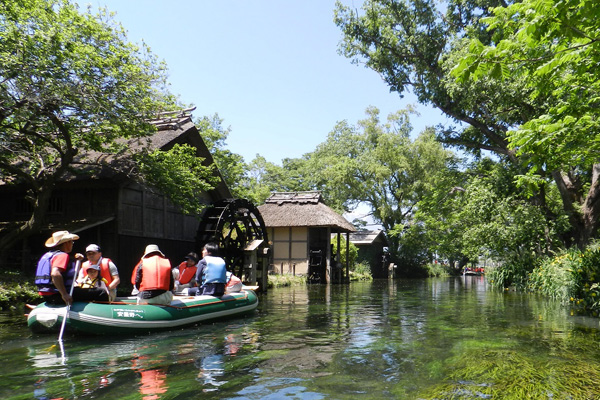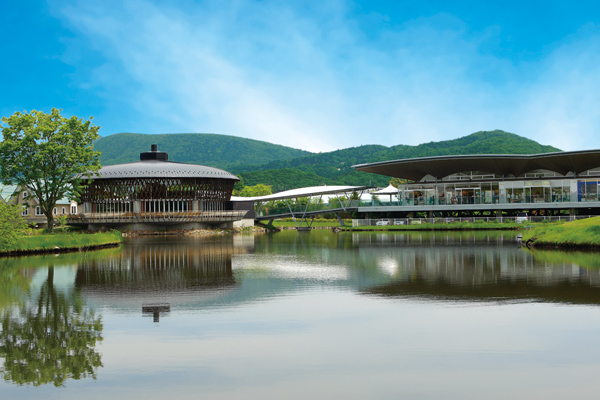-

Maguse Onsen (Kijimadaira Village)
Kijimadaira is a place with stunning natural beauty that changes with every season. Take in the fantastic view from the Bokyo no Yu baths at Maguse Onsen, nestled in the mountains at the upper reaches of the Maguse River. On a clear day, you can see as far as the distant Northern Alps.
Official Website
-
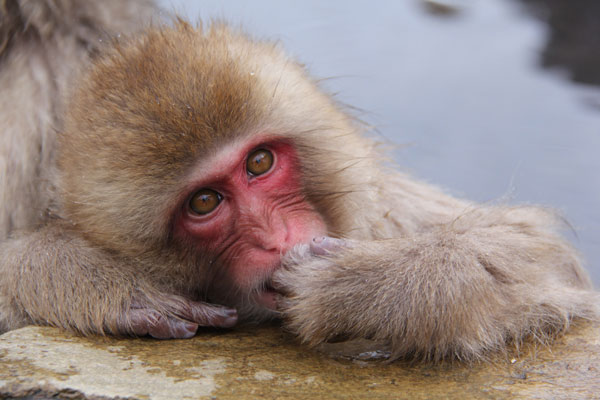
Jigokudani Monkey Park (Yamanouchi Town)
The Jikogudani Monkey Park is located in northern Nagano Prefecture, in the valley of the Yokoyu River, which originates in the Shiga Kogen highlands of Joshinetsu Kogen National Park. At an elevation of 850 meters, the park is covered with snow for almost one third of the year, making it a difficult environment. With its steep cliffs and the steam from the hot springs rising here, there, and everywhere, the people who first saw the scene long ago gave it the name Jigokudani, or “Hell Valley.”
Official Website
-
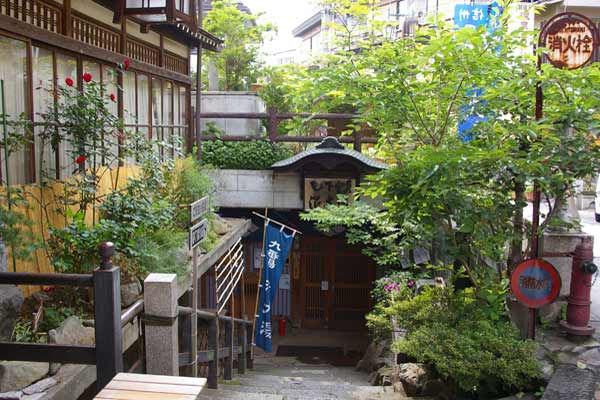
Outside View of Shibu Oyu Baths (Yamanouchi Town)
Shibu Onsen has so many hot spring sources that people say hot water will come out of the ground as soon as you dig into it. Locals are proud of the springs’ abundance and quality, which is outstanding even within Nagano Prefecture, an area already regarded as a veritable kingdom of hot springs. The water at every inn and outside bath in Shibu comes 100% directly from the source. The constituents of the water vary depending on the source, allowing you to enjoy a variety of directly-sourced hot spring waters, such as reddish-brown water containing a lot of iron, cloudy water, water with a green mineral tint, and colorless, transparent water.
Official Website
-
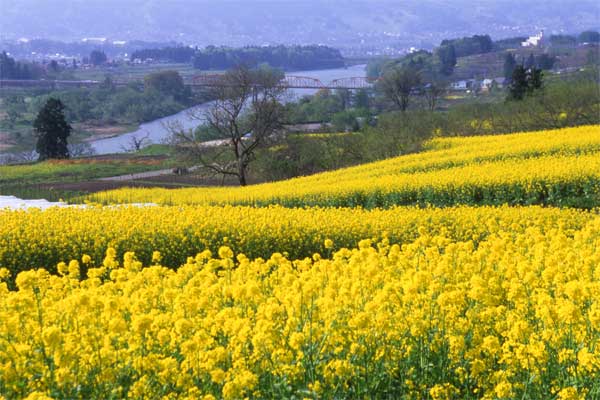
Iiyama Nanohana Park (Iiyama City)
“An expanse of yellow flowers welcomes you.” Nanohana Park looks forward to your visit.
Official Website
-
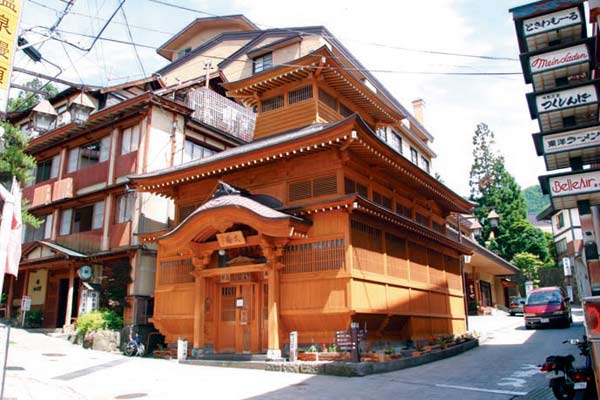
Oyu Baths (Nozawa Onsen Village)
The Oyu baths are the symbol of Nozawa Onsen, located in the heart of the hot spring quarter, with Edo-period bathhouse architecture that retain its striking beauty even today. It is unclear when the baths originally opened, but the locals have called the baths here Soyu, or Village Baths, for some time.
Official Website
-

Uenodaira Heights (Nozawa Onsen Village)
Approximately 30 minutes by car from Nozawa Onsen. The Uenodaira Heights span the foot of Mt. Kenashi at an elevation of 1,650 meters. The area has an intriguing, mysterious landscape, filled with an exquisite primeval forest of beech trees. There is also a forest walking course, and a campground at Lake Sutaka, making this a great place to get close to the wonders of nature.
Official Website
-
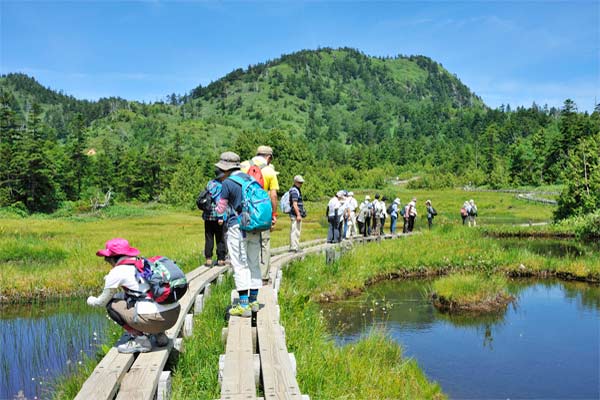
Shijuhachi Wetlands, Shiga Kogen
This trekking course shows you the best of the Shiga Kogen highlands with a route that wanders the subalpine coniferous primeval forest and lakes of the region, which more than live up to the area’s reputation for natural beauty. There are many eye-catching sights on the way, such as the spectacular view from near the summit of Mt. Maeyama, the Maeyama Wetlands, Shibu Lake with its floating islands, the blossoming wetland plants of Shijuhachi-ike, and the emerald-green Onuma Pond.
Official Website
Rules and manners in National Parks "Ministry of the Environment, Japan."

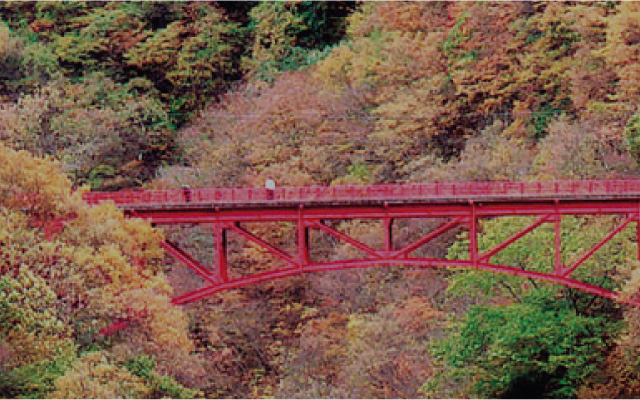

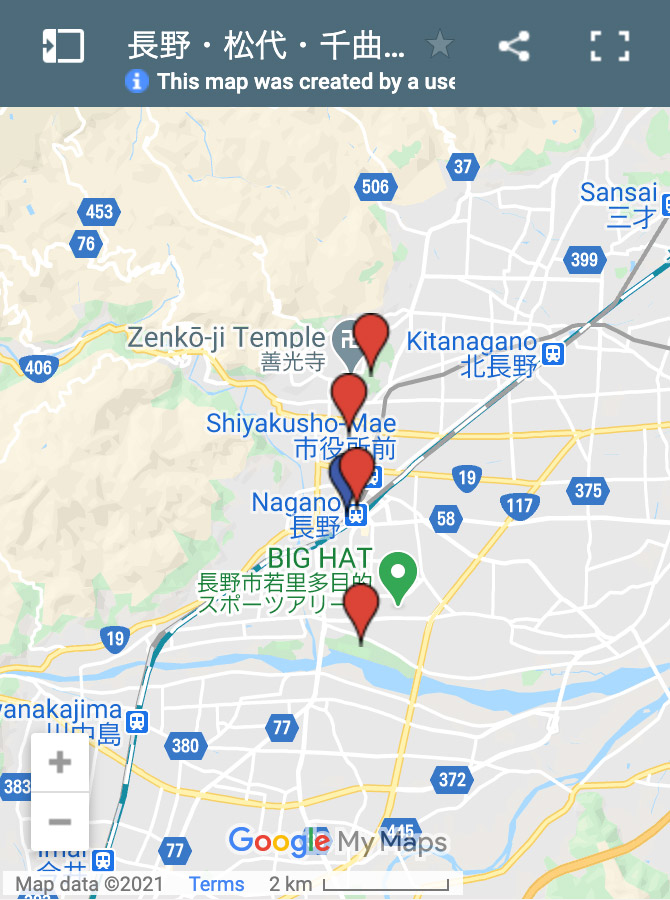
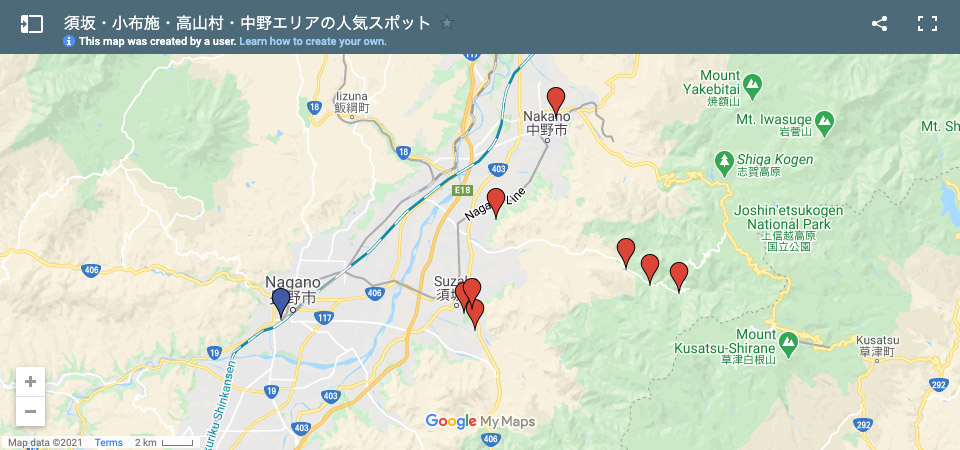
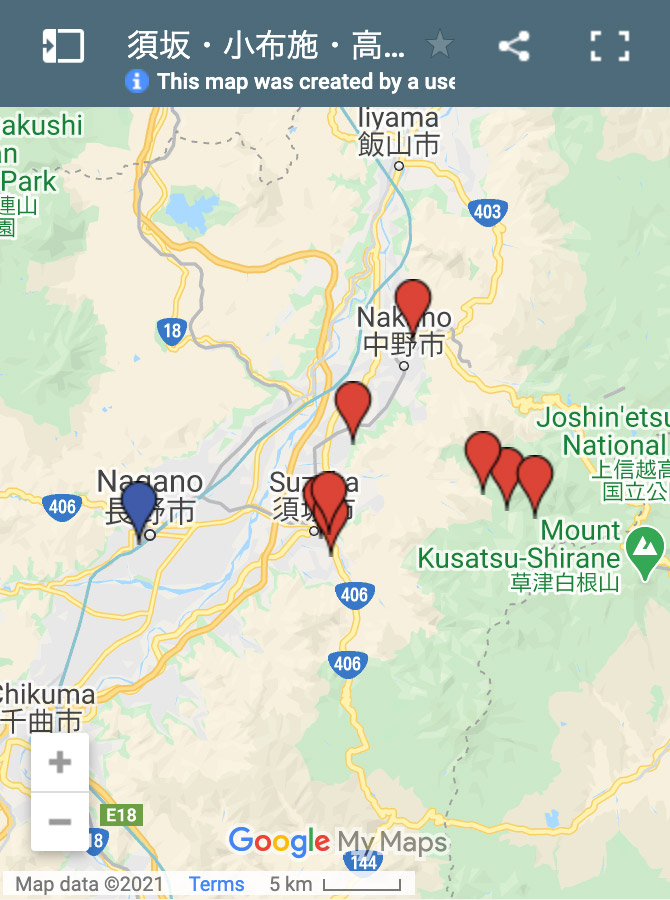
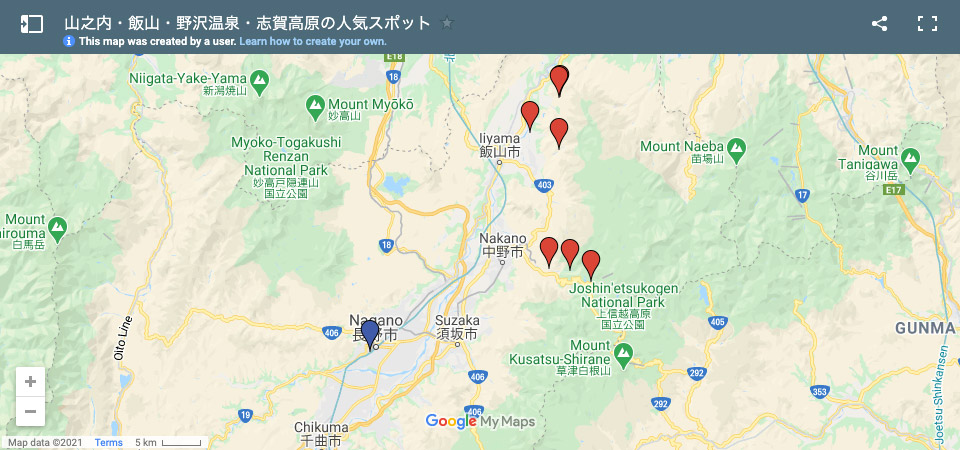
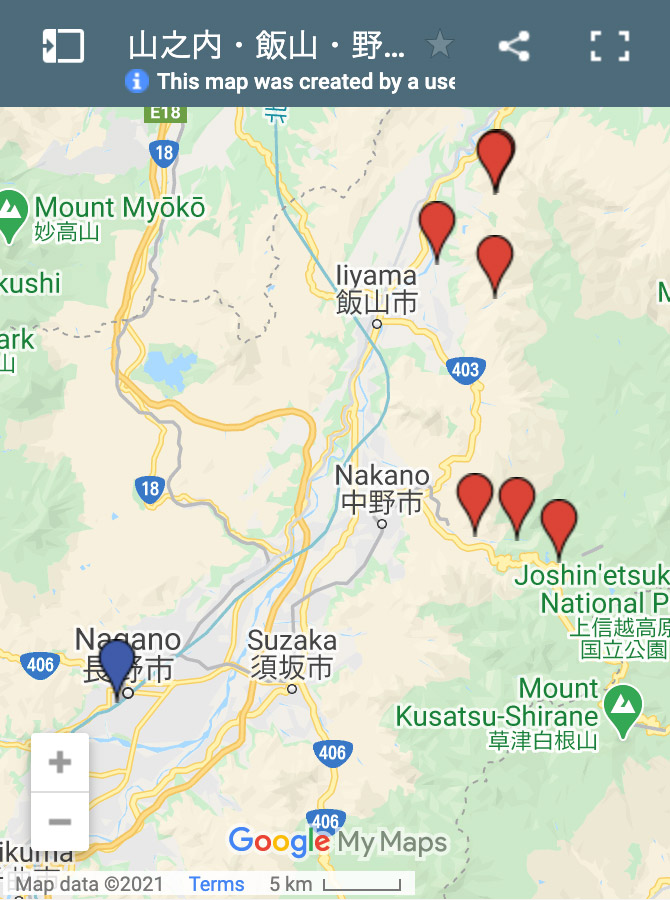
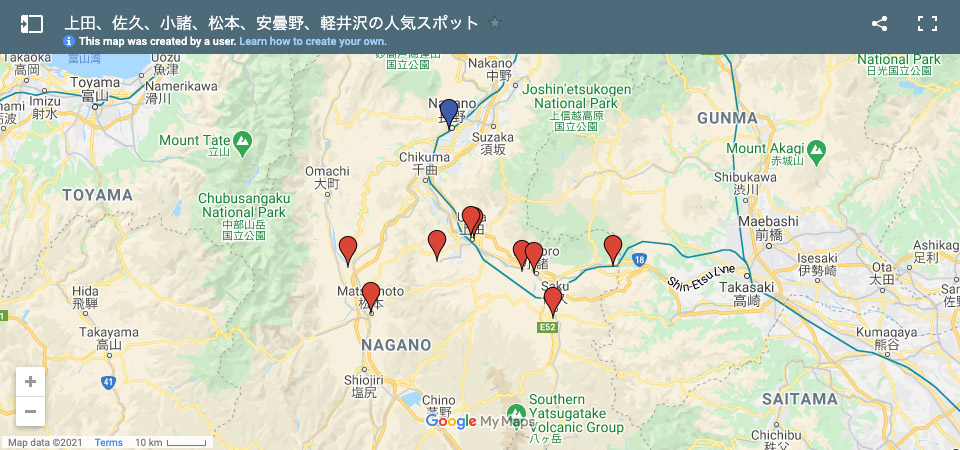
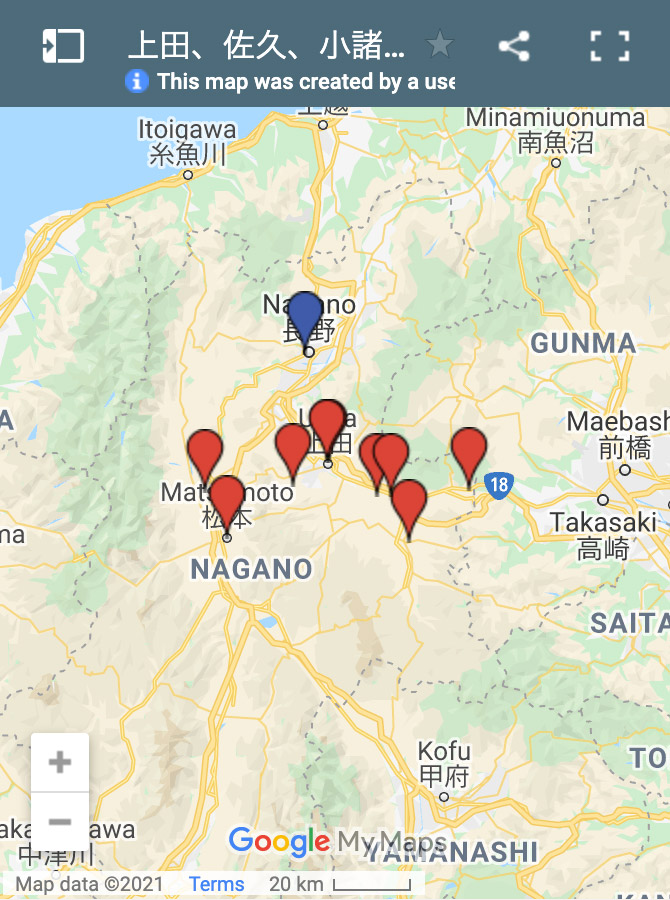

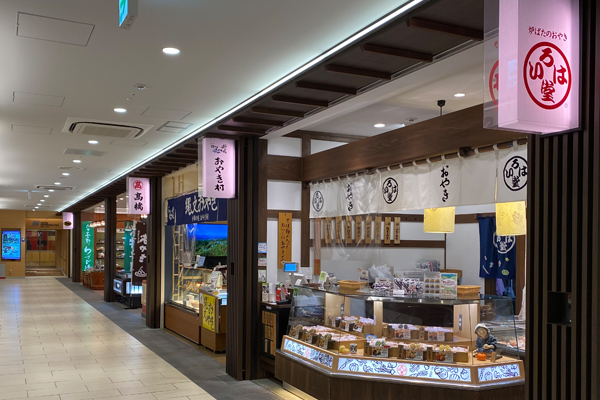
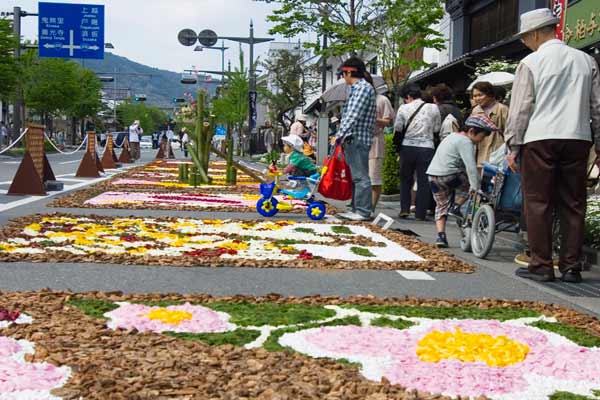
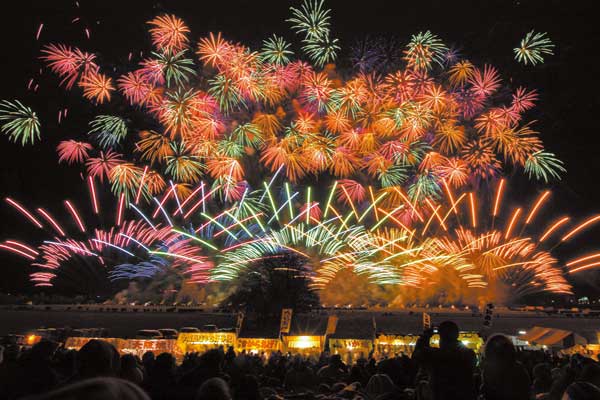
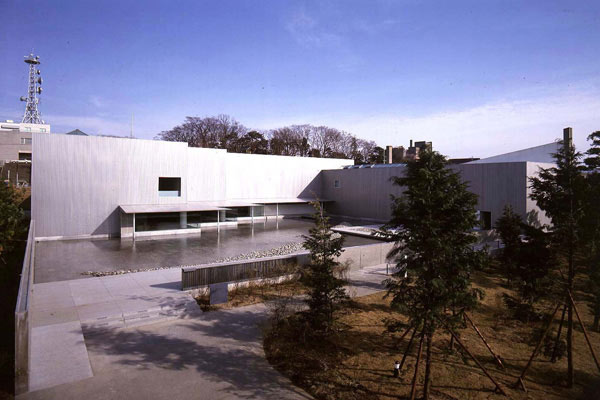
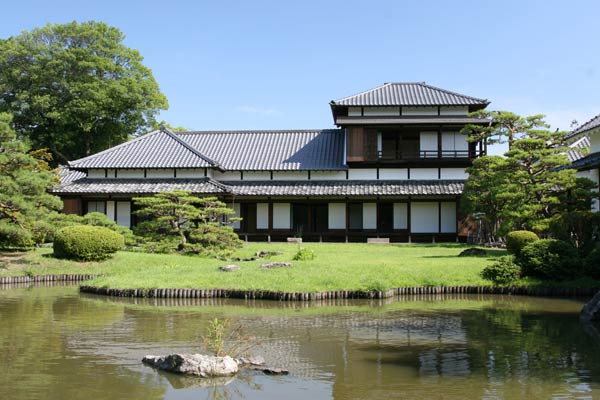
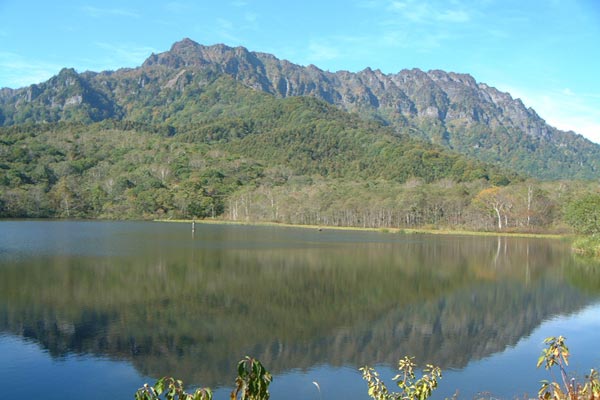
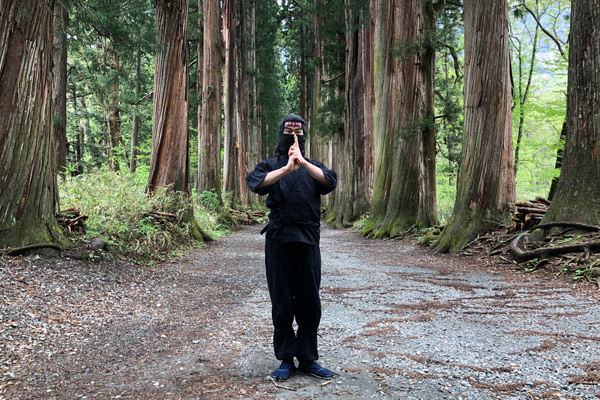
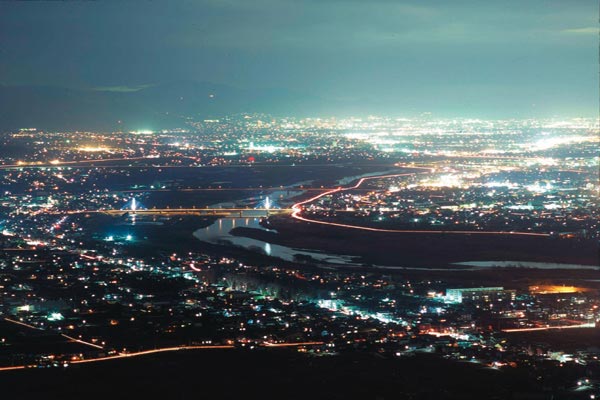
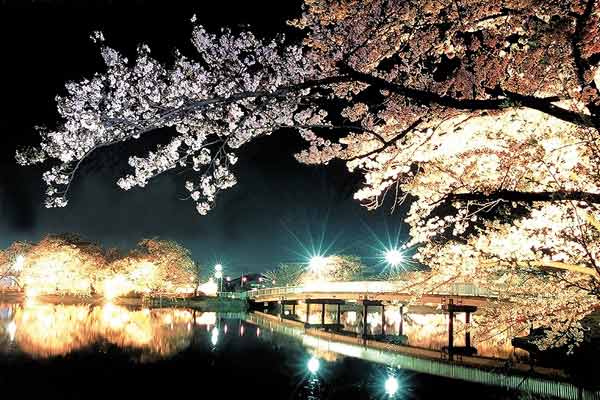
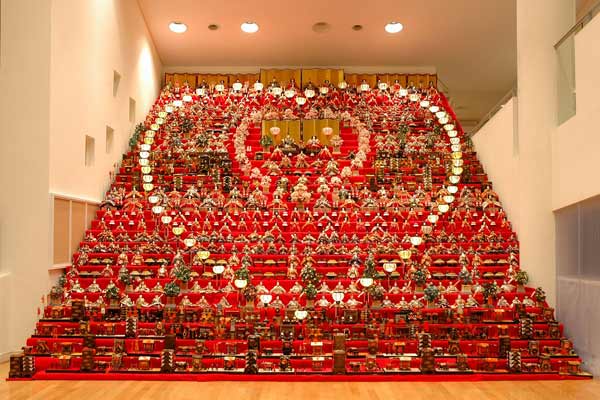
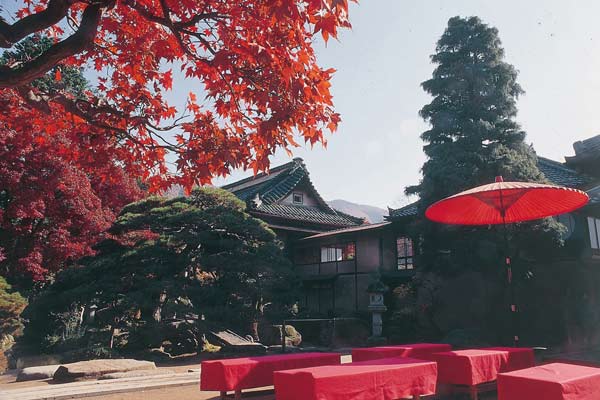
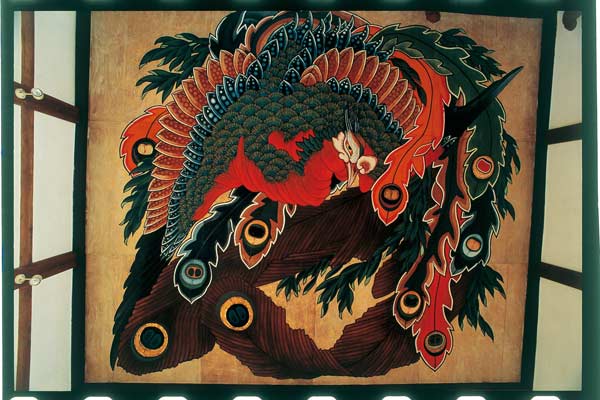
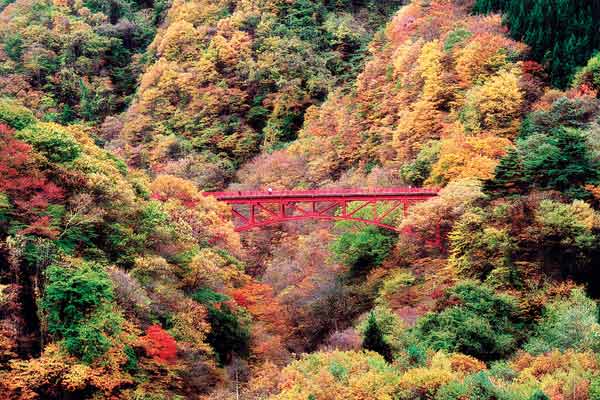
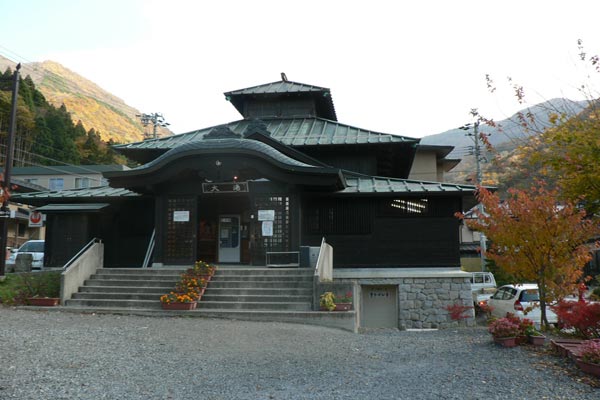
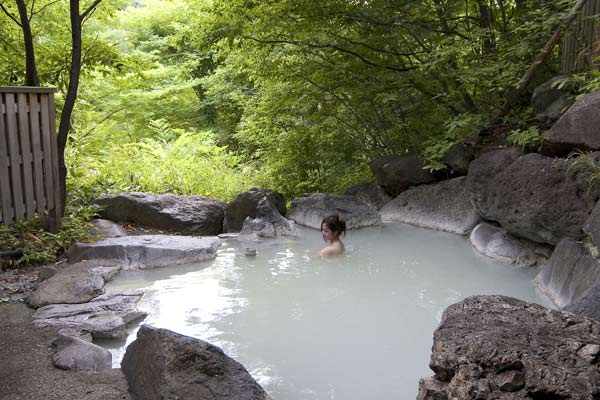
.jpg)







